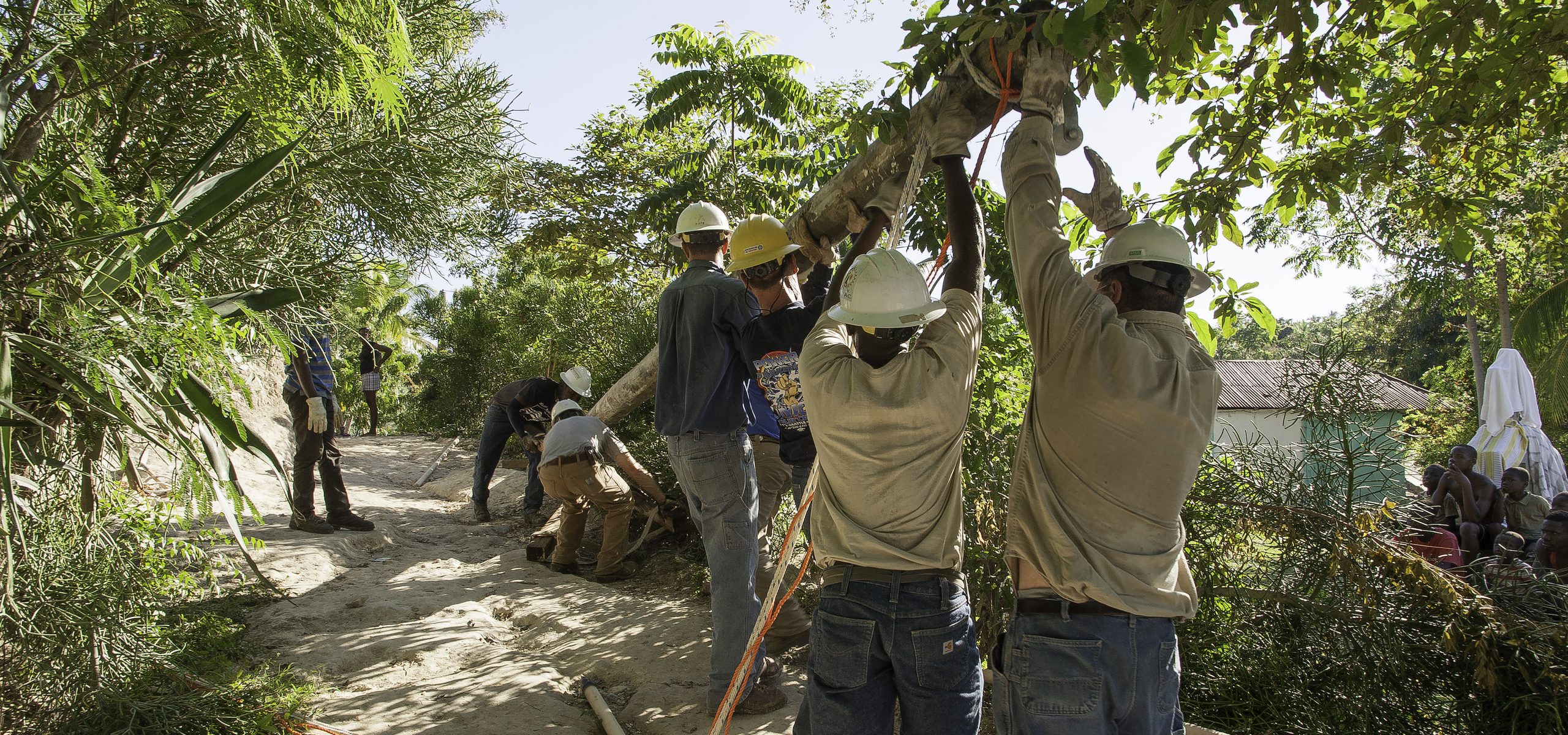Assessments
Including environmental concerns and considerations in risk assessments

Including environmental concerns and considerations in risk assessments
Understanding the hazards, risks, vulnerabilities and potential emergency response needs forms the basis of any preparedness planning process. Risk analysis provides a common understanding and prioritization of risks, and should include existing environmental conditions and threats. The risk analysis process typically comprises: identification of risks, prioritization of risks (usually involving an assessment of likelihood and impact) and the setting up of a risk monitoring mechanism.
Existing environmental information and assessments will provide crucial information for the risk assessment process. One must analyze how the current environmental conditions might create disaster risk either directly or through secondary hazards (see Figure 11). Environmental emergencies2 or human activities can cause substantial environmental degradation, which in turn, poses new risks to human health and livelihoods. The potential of natural disasters triggering technological accidents (so called na-techs) should also be considered. The risk assessment process will also determine how vulnerable the environment is to various disaster impacts. Such potential impacts should be accounted for when determining the overall impact of a disaster event.
Understanding the current and potential future environmental conditions of a region is essential for an efficient and sustainable response
Addressing environment as part of preparedness planning lays the foundation for its integration into humanitarian action.
Communicating risks effectively to populations and communities is essential for people to be able to be better prepared and to reduce the damaging impacts of hazards.
Policies supported by institutional frameworks and legal arrangements make up the disaster risk management framework. In order to systematically integrate environmental concerns in humanitarian action, one must consider the institutional arrangements governing disaster preparedness, response, recovery and emergency funding.
An understanding of evolving risks is fundamental to a timely and effective response. The analysis of disaster risks informs the planning of a response, while monitoring ensures that the process is responsive to changing contexts




